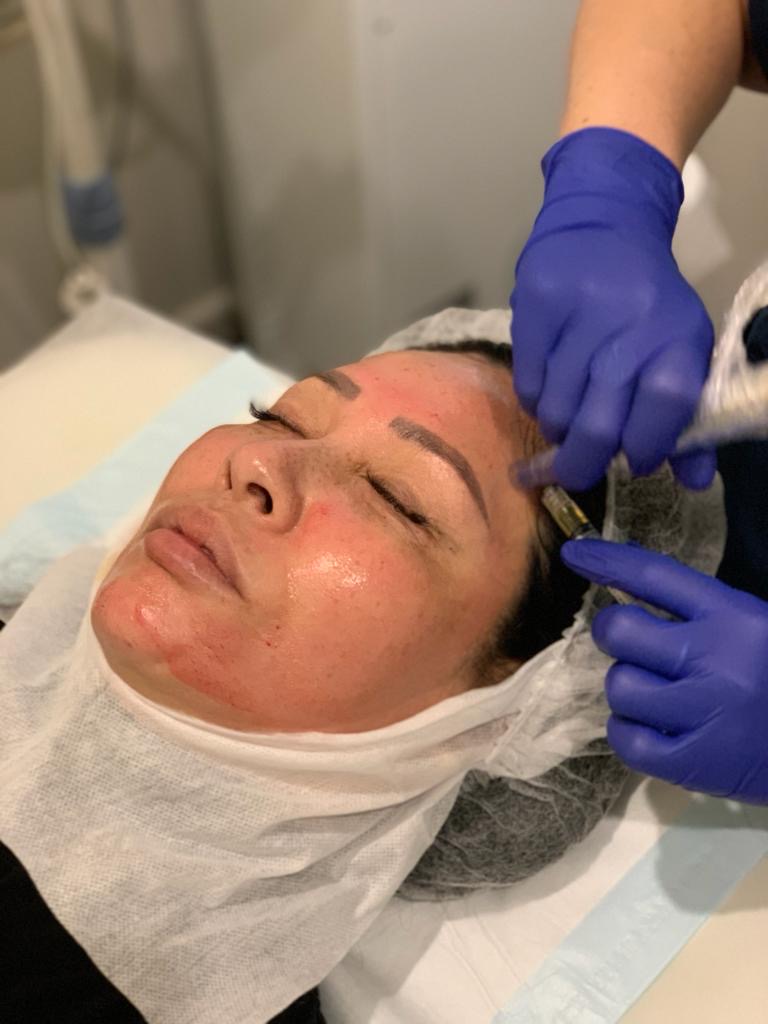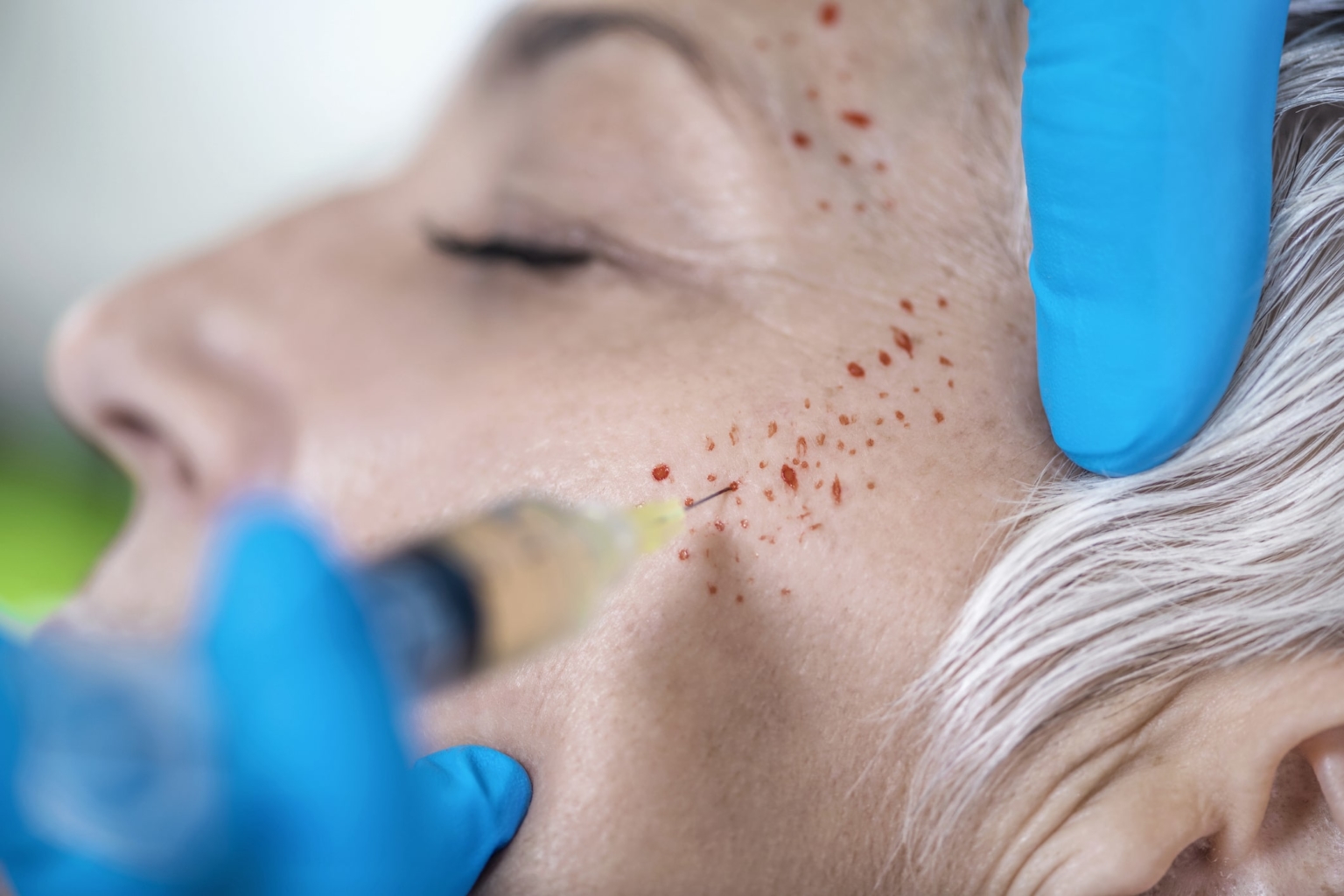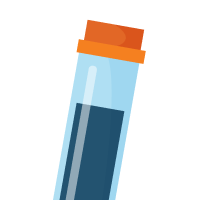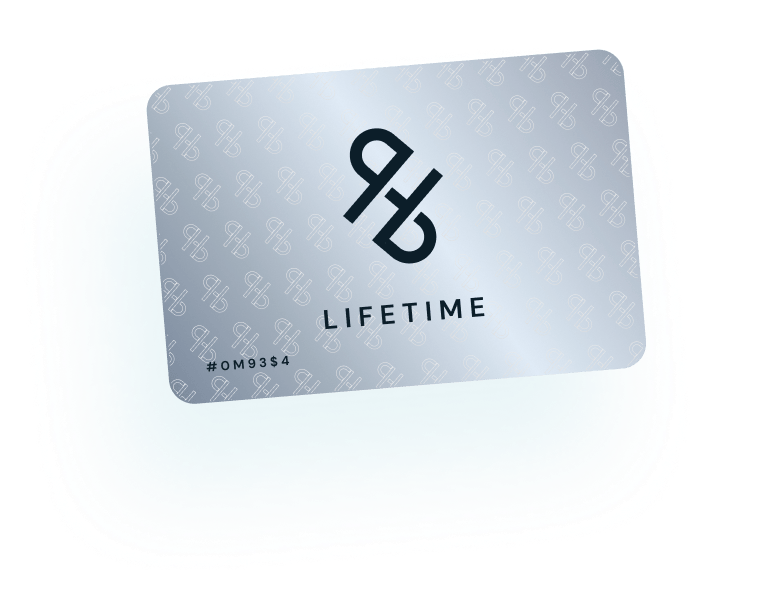In the ever-evolving world of skincare and rejuvenation, PRP (Platelet-Rich Plasma) skin treatments have emerged as a revolutionary, natural approach to restoring youthful radiance and vitality. This cutting-edge technique harnesses the power of your own body’s healing mechanisms, providing a safe and effective solution for those seeking to revitalise their complexion without resorting to invasive procedures or harsh chemicals.
PRP skin treatments are rapidly gaining popularity among individuals seeking a holistic and natural way to address various skin concerns, including fine lines, wrinkles, uneven texture, and hyperpigmentation. By leveraging the regenerative properties of platelets derived from your own blood, these treatments stimulate collagen production and promote cellular renewal, resulting in a more vibrant, glowing, and youthful appearance.
As the team at Hair and Skin Science delve deeper into the world of PRP skin treatments, you’ll uncover a wealth of information about their mechanisms, benefits, and the transformative potential they hold for your skin’s well-being. Embrace this journey of natural rejuvenation and unlock the secrets to a radiant, revitalised complexion.

How do PRP skin treatments work?
PRP skin treatments are grounded in the principles of regenerative medicine, harnessing the body’s innate ability to heal and renew itself. The process begins with a simple blood draw, during which a small amount of your blood is collected. This blood sample is then placed in a centrifuge, where it undergoes a specialized process to separate the platelet-rich plasma from other blood components.
Platelets are tiny cell fragments that play a crucial role in the body’s natural healing process. They contain a concentrated source of growth factors and proteins that stimulate cell proliferation, tissue repair, and collagen production. By extracting and concentrating these platelets, PRP treatments create a potent serum that can be reintroduced into targeted areas of the skin.
Once the PRP serum is prepared, it is carefully injected or applied topically to the desired treatment areas, such as the face, neck, or hands. The growth factors and proteins within the PRP serum kickstart a cascade of regenerative processes, prompting the skin to produce new collagen and elastin fibers. This rejuvenation process helps to improve skin texture, reduce the appearance of fine lines and wrinkles, and promote a more radiant, youthful complexion.

Benefits of PRP skin treatments
PRP skin treatments offer a multitude of benefits for those seeking to revitalise their complexion and combat the signs of aging. Here are some of the most notable advantages:
-
Natural and Safe: PRP treatments utilize your own blood, eliminating the risk of allergic reactions or adverse side effects associated with synthetic products or invasive procedures.
-
Promotes Collagen Production: The growth factors present in PRP stimulate the production of new collagen, which is essential for maintaining skin elasticity and firmness. As collagen levels decline with age, PRP treatments can help replenish this vital protein, resulting in a more youthful and toned appearance.
-
Reduces Fine Lines and Wrinkles: By boosting collagen production and improving skin texture, PRP treatments can effectively diminish the appearance of fine lines and wrinkles, restoring a smoother and more radiant complexion.
-
Improves Skin Texture and Tone: The regenerative properties of PRP can help to improve overall skin texture, creating a more even and refined surface. This can lead to a reduction in the appearance of acne scars, hyperpigmentation, and uneven skin tone.
-
Minimal Downtime: Unlike more invasive cosmetic procedures, PRP skin treatments typically require little to no downtime, allowing you to resume your normal activities shortly after the treatment.
-
Long-Lasting Results: While individual results may vary, the effects of PRP skin treatments can last for several months to over a year, providing long-lasting rejuvenation benefits.

Common areas for PRP treatment on the face
While PRP skin treatments can be applied to various areas of the body, the face is one of the most commonly treated regions due to its visible impact on overall appearance. Here are some of the common areas where PRP treatments are frequently administered:
-
Forehead: PRP injections or topical application on the forehead can help reduce the appearance of horizontal lines and furrows, resulting in a smoother and more youthful-looking complexion.
-
Crow’s Feet: The delicate skin around the eyes is particularly prone to fine lines and wrinkles, commonly known as crow’s feet. PRP treatments can help diminish these signs of aging, creating a more refreshed and rejuvenated look.
-
Nasolabial Folds: The nasolabial folds, also known as smile lines or laugh lines, are the creases that extend from the corners of the nose to the corners of the mouth. PRP treatments can help soften the appearance of these folds, resulting in a more youthful and contoured facial profile.
-
Cheeks and Midface: PRP injections or topical application on the cheeks and midface can help restore volume and improve skin texture, creating a more lifted and rejuvenated appearance.
-
Perioral Area: The area around the mouth is susceptible to fine lines and wrinkles due to repeated muscle movements. PRP treatments can help improve the appearance of these lines, resulting in a smoother and more defined perioral region.
-
Neck and Décolletage: PRP treatments can also be applied to the neck and décolletage area, helping to improve skin texture, reduce the appearance of fine lines and wrinkles, and promote a more youthful and radiant complexion in these often-neglected areas.
The procedure of PRP facial injections
The process of administering PRP facial injections is relatively straightforward and typically involves the following steps:
-
Blood Draw: A small amount of blood, typically between 10 and 60 milliliters, is drawn from the patient’s arm using a sterile technique.
-
Centrifugation: The collected blood sample is placed in a specialised centrifuge, where it undergoes a process of separation. During centrifugation, the blood separates into distinct layers, with the platelet-rich plasma (PRP) forming a concentrated layer.
-
PRP Preparation: The PRP layer is carefully extracted and may be combined with additional substances, such as vitamins or growth factors, depending on the specific treatment protocol.
-
Topical Application or Injection: The prepared PRP serum is then either applied topically to the desired treatment areas or injected into the skin using a fine needle. Topical application may involve microneedling or other techniques to enhance absorption.
-
Massage or Activation: In some cases, the treatment area may be gently massaged or subjected to specific activation techniques, such as laser or radiofrequency energy, to further stimulate the regenerative processes.
-
Post-Treatment Care: After the procedure, patients may experience mild swelling, redness, or bruising, which typically subsides within a few days. Proper aftercare instructions are provided to ensure optimal healing and results.
It’s important to note that PRP facial injections should only be performed by qualified and experienced healthcare professionals in a sterile and controlled environment to ensure safety and optimal results.
Recovery and aftercare for PRP skin treatments
While PRP skin treatments are generally well-tolerated and require minimal downtime, proper aftercare is essential to ensure optimal results and a smooth recovery process. Here are some important considerations:
-
Mild Swelling and Redness: It’s common to experience mild swelling and redness in the treated areas immediately after the procedure. This is a normal reaction and typically resolves within a few days.
-
Bruising: Some patients may experience minor bruising, especially in areas where injections were administered. This is temporary and should subside within a week or two.
-
Avoiding Sun Exposure: It’s crucial to avoid direct sun exposure and use broad-spectrum sunscreen diligently during the recovery period. Sun exposure can increase the risk of hyperpigmentation and impede the healing process.
-
Gentle Skincare Routine: Stick to a gentle and non-irritating skincare routine during the recovery period. Avoid harsh exfoliants, retinoids, or products containing active ingredients that may cause further irritation.
-
Hydration and Moisturization: Keeping the skin well-hydrated and moisturized can aid in the healing process and promote optimal results. Use a gentle, fragrance-free moisturizer as recommended by your healthcare provider.
-
Avoid Strenuous Exercise: It’s advisable to avoid strenuous exercise or activities that may cause excessive sweating for the first 24-48 hours after the treatment. This allows the skin to recover without additional stress.
-
Follow-up Appointments: Depending on the treatment plan and your healthcare provider’s recommendations, follow-up appointments may be scheduled to monitor progress and adjust the treatment protocol if necessary.
By adhering to the recommended aftercare instructions, you can minimise potential side effects and ensure a smooth recovery process, allowing your skin to fully benefit from the regenerative powers of PRP.
PRP skin treatments vs. other skin rejuvenation methods
While PRP skin treatments offer a natural and effective approach to rejuvenation, it’s essential to understand how they compare to other popular rejuvenation methods. Here’s a brief overview:
-
Botulinum Toxin (Botox) Injections: Botox injections are primarily used to temporarily reduce the appearance of dynamic wrinkles caused by muscle contractions, such as frown lines and crow’s feet. PRP treatments, on the other hand, focus on improving overall skin texture, tone, and promoting collagen production for a more comprehensive rejuvenation effect.
-
Dermal Fillers: Dermal fillers are injectable substances designed to add volume and contour to specific areas of the face, such as the cheeks, lips, or nasolabial folds. While fillers can provide immediate results, PRP treatments stimulate the body’s natural healing processes for a more gradual and long-lasting effect.
-
Chemical Peels: Chemical peels involve the application of chemical solutions to the skin, which cause controlled exfoliation and removal of the outermost layers. While peels can improve skin texture and reduce the appearance of fine lines and hyperpigmentation, they may cause more significant downtime and potential side effects compared to PRP treatments.
-
Laser Resurfacing: Laser resurfacing treatments use focused beams of light to remove the outermost layers of skin, promoting collagen production and improving skin texture and tone. However, these procedures can be more invasive and may require longer recovery times compared to PRP treatments.
-
Microneedling: Microneedling involves using a device with tiny needles to create controlled micro-injuries in the skin, triggering the body’s natural healing response and promoting collagen production. PRP treatments can be combined with microneedling for enhanced results, as the PRP serum can penetrate deeper into the skin through the micro-channels created by the needles.
While each rejuvenation method has its unique advantages and applications, PRP skin treatments offer a natural, minimally invasive, and relatively low-risk approach to achieving a more youthful and radiant complexion. The choice of treatment ultimately depends on individual goals, skin concerns, and personal preferences.
Why choose Hair and Skin Science for PRP skin treatments
At Hair and Skin Science, we are dedicated to providing our clients with the highest quality of care and the most advanced rejuvenation treatments available. Here are some compelling reasons to choose us for your PRP skin treatments:
-
Experienced and Qualified Professionals: Our team of healthcare professionals, including doctors and registered nurses, are highly trained and experienced in administering PRP skin treatments. Their expertise ensures safe and effective procedures, maximising your results while minimising potential risks.
-
State-of-the-Art Facilities: Our modern and well-equipped facilities are designed to provide a comfortable and sterile environment for our clients. We utilise the latest technologies and equipment to ensure precise and efficient PRP preparation and administration.
-
Personalised Treatment Plans: We understand that every individual’s skin concerns and goals are unique. Our professionals take the time to thoroughly evaluate your skin and develop a customised treatment plan tailored to your specific needs and desired outcomes.
-
Comprehensive Consultations: Before any treatment, we offer comprehensive consultations to address your questions, concerns, and expectations. Our team ensures that you are fully informed about the PRP process, potential risks, and anticipated results, empowering you to make an informed decision.
-
Commitment to Safety and Quality: At Hair and Skin Science, we prioritise the safety and well-being of our clients. We adhere to strict protocols and follow industry best practices to ensure the highest standards of quality and safety in every aspect of our PRP skin treatments.
-
Ongoing Support and Follow-Up: Our commitment to your satisfaction doesn’t end with the treatment itself. We provide ongoing support and follow-up appointments to monitor your progress, address any concerns, and make necessary adjustments to ensure optimal results.
Arrange a free consultation with our friendly and experienced doctors & registered nurses by contacting Hair and Skin Science today. Unlock the secrets of natural rejuvenation and embrace the transformative power of PRP skin treatments.





